10 Animals That Scientists Want to Bring Back From Extinction
Description
10 Animals That Scientists Want to Bring Back From Extinction V2
If you're new, Subscribe! → http://goo.gl/djmfuX
It has been said that there are more plant and animal species that have gone extinct than all the species
that are alive today. This is such a shame, especially for the scientific community, who would have given
up anything to see and study these creatures while they are alive. But with recent technological
advancements in genetics and cloning, bringing some of these extinct animals back to life seems more of
a possibility now more than ever. Today we will be looking at 10 extinct animals that scientists want to
bring back from extinction. Make sure you stay tuned for number one. I bet you’ll definitely want to see
one of these creatures alive in the future.
Number 10. The Moa
There were a total of 9 species of moa, all of them found in New Zealand. They are large and flightless
birds; easy to hunt and a good source of meat. That’s why when the Polynesians occupied New Zealand
in the 13 th century, they were relentlessly hunted to extinction. As one of the hundreds of species whose
extinction can be directly blamed on humans, they are a prime candidate for de-extinction. And now,
after 700 years of being extinct, the mighty may again roam this earth, and it might happen sooner than
you think.
Very recently, scientists were successfully able to assemble the first nuclear genome of an extinct moa
species, that of the tiny bush moa. At first, this doesn’t seem that big of an accomplishment, as the
genome is but a partial draft, but scientists working on the project say that this was no easy task and is
already a defining moment in the project.
With this success, they are pretty confident that the genomes of the remaining 8 species of moa will be
assembled soon enough. After that, the reality of seeing these giant birds alive becomes so much closer.
Number 9. The Pyrenean Ibex
The Pyrenean Ibex is a sub species of the Spanish Ibex and is one of the animal species that went extinct
within the last 20 years. For more than 200 years, they were hunted for sport and for meat, until the last
specimen died in the year 2000. Since then, attempts have been made to bring back this species from
the dead.
Actually, the Pyrenean Ibex was technically de-extincted back in 2006, but immediately went extinct
again in just a few minutes. Using genetic material from the frozen skin of the last ibex, they were able
to successfully produce a clone by creating embryos and implanting them in Spanish Ibex’s. This clone,
however, had a deformed respiratory system hence it lived only a few minutes after birth. This event
marked the first successful attempt at de-extinction by way of cloning.
With this success, you might think that it’s now going to be a breeze bringing back extinct animals, just
as long as scientist have some viable genetic material. However, this is so far from the truth. The success
rate of cloning is extremely low. Out of the hundreds of embryos created and implanted into surrogates,
only one made it to full term, and even this one had birth defects.
But despite the difficulties, scientists are confident that they will be able to bring back the Pyrenean Ibex
from extinction. It’s now only a matter of time.
Number 8. The Quagga
It’s thought that the quagga became extinct due to overhunting in 1883, but in 1984, genealogy
technology revealed that the quagga was actually a subspecies of the plains zebra, meaning it has the
same DNA. The two species share the same genotype, though their observable characteristics are
different. The Quagga Project was started to try to recreate the quagga through artificial selection of
plains zebras. The project has had some success: The first quagga-like zebra foal was born in January
2005, and the fifth generation foal was born in December 2013. Scientists hope continued selective
breeding will lead to generations of plains zebras almost identical to the extinct quagga, which could
then be released in the wild.
Number 7. The Heath Hen
The heath hen was one of the first animal species that received a conscious effort from people regarding
their conservation. These birds were extremely common in the northeastern US and were likely eaten at
the Pilgrims’ first Thanksgiving dinner in 1621. Once inhabiting habitats from Maine to the Carolinas, the
Heath Hen was hunted aggressively for the next 300 years so by 1870
Leave a like for more shark tank, pawn stars, dr. phil, and other tv show business content. On Top 5 Best, we like to help you in mindset productivity, whether it's how to make more money videos, or going over the biggest mansions in the world, we show everything here! Make sure to subscribe for more amazing videos everyday!
family friendly pg clean
#viralstory #amazingpeople #top5best


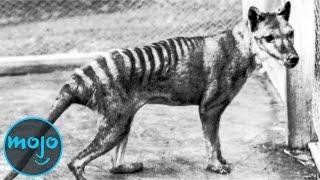



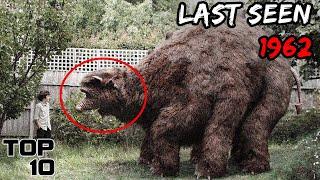


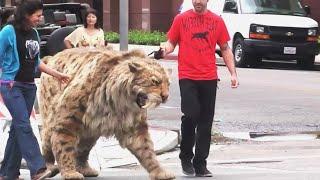
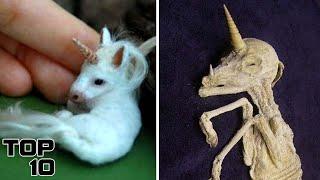

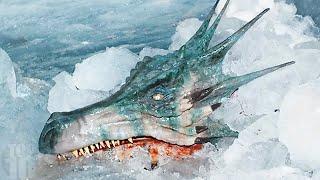
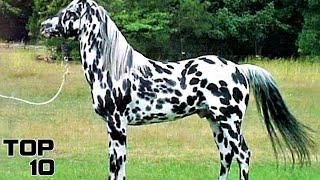







Comments